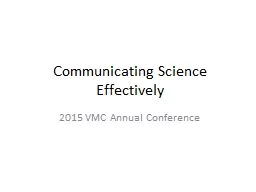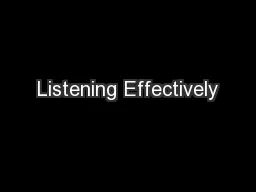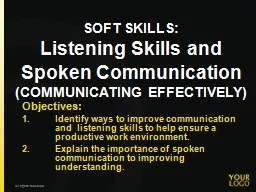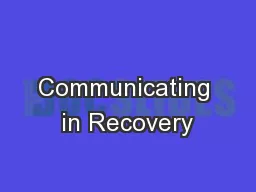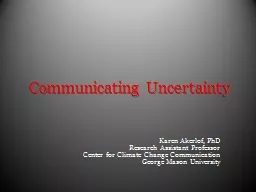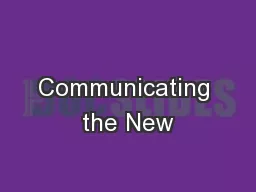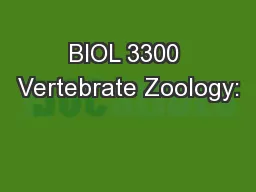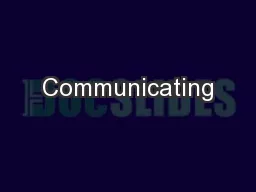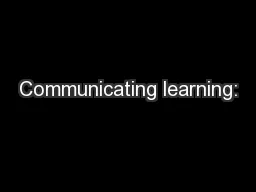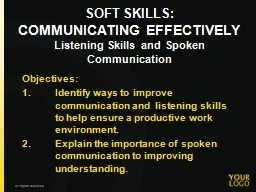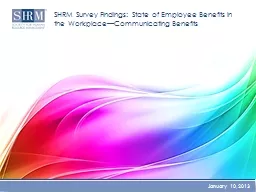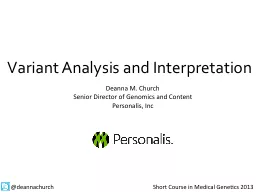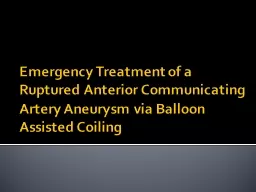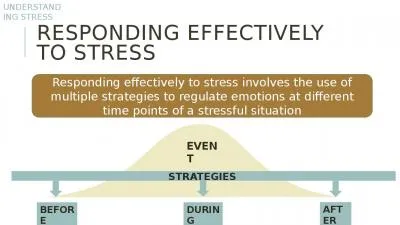PPT-Communicating Science Effectively
Author : kittie-lecroy | Published Date : 2017-06-18
2015 VMC Annual Conference Insect eats its way across Vermont Pear thrips defoliating sugar maple forests Spring phenology monitoring Forest songbirds Distribution
Presentation Embed Code
Download Presentation
Download Presentation The PPT/PDF document "Communicating Science Effectively" is the property of its rightful owner. Permission is granted to download and print the materials on this website for personal, non-commercial use only, and to display it on your personal computer provided you do not modify the materials and that you retain all copyright notices contained in the materials. By downloading content from our website, you accept the terms of this agreement.
Communicating Science Effectively: Transcript
Download Rules Of Document
"Communicating Science Effectively"The content belongs to its owner. You may download and print it for personal use, without modification, and keep all copyright notices. By downloading, you agree to these terms.
Related Documents

